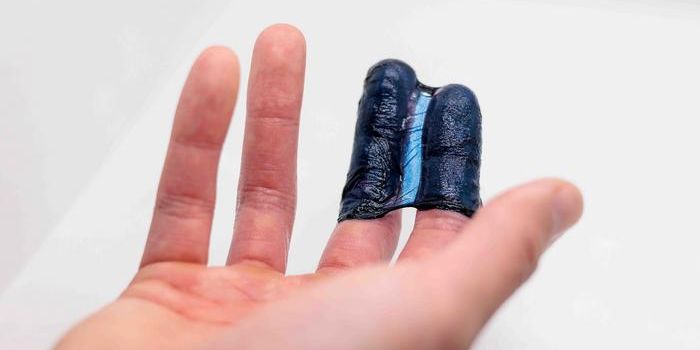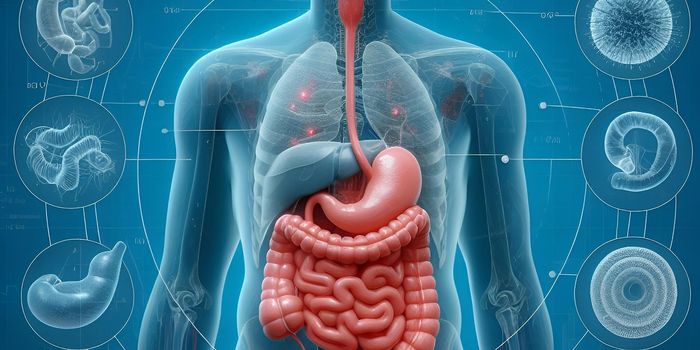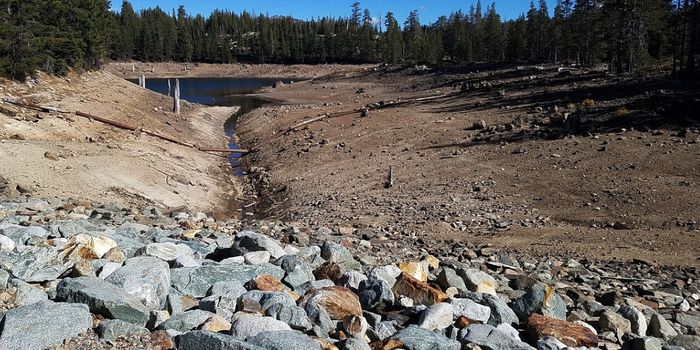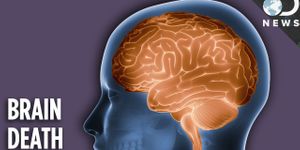It’s long been thought that at birth, infants have sterile airways free of bacteria. New work shows however, that is not the case. Researchers at the University of Birmingham (UAB) have
published in Scientific Reports data that indicates infants have an established microbiome in their airways, both in full term and preterm babies, and the scientists found that it is more diverse and is different from the microbiomes of older premature infants that have chronic lung disease.
While it remains unclear how those airways are populated with bacteria, the colonization patterns of the lungs appear to be linked with neonatal severe lung disease.
The development of bronchopulmonary dysplasia (BPD), a chronic lung disease in premature infants, can be predicted by dysbiosis, an early microbial imbalance. Infants in this study that had an average birth weight of 1 pound, 8 ounces were designated ELBW - extremely low birth-weight. It was observed that ELBW infants that eventually got life-threatening BPD had abnormal microbial colonization patterns at birth when compared to pre-term infants that did not develop BPD.
"Right at birth, your respiratory microbiome can possibly predict your risk for BPD," explained the lead investigator of this study, Charitharth Vivek Lal, M.D., an Assistant Professor in the UAB Pediatrics Division of Neonatology.
The scientists suggest that the microbiome of the early airways sets the stage for the developing immune system of the lungs, and dysfunction in that foundation could be the start of later lung disease.
According to Lal, this is the first analysis of the airway microbiome performed immediately at birth as all the trachea sampling of the newborns was done at or within six hours of delivery. The results were also subsequently validated at a second hospital. That meant 23 ELBW infants and 10 full-term babies studied at the Regional Neonatal Intensive Care Unit, UAB Women & Infants Center, with an additional 14 ELBW infants studied at Drexel University College of Medicine, Philadelphia in collaboration with Vineet Bhandari, M.D.
From both sites, roughly half of the ELBW infants later developed BPD. It was also observed that the various groups of infants were similar to each other at the different sites. BPD-resistant microbiomes were alike, and BPD-resistant microbiomes were similar to each other whether samples were taken in Birmingham or Philadelphia.
BPD is a significant cause of morbidity, mortality and health care expenditures for extremely premature infants, who are at high risk for it. It’s the most common lung disorder of those very tiny babies. BPD infants will have lungs that failed to develop properly and as adults, will be more likely to have more poor lung function, asthma, lung infections and pulmonary hypertension.
The researchers also found that those airway microbiomes were similar whether babies had been born by caesarean section or vaginally delivered, suggesting that the microbes of the airways are delivered via the placenta, possibly by blood or amniotic fluid. “I predict that researchers will study the use of respiratory probiotics in the future,” Lal concludes.
Sources:
AAAS/Eurekalert! via
University of Birmingham,
Scientific Reports












